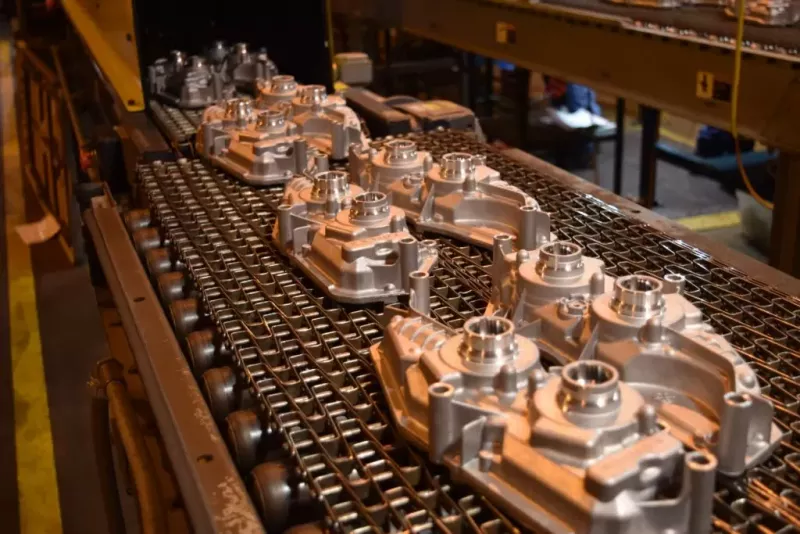Die casting is widely touted as the hallmark of excellence in making metal alloy production parts. From its capability to achieve excellent surface finishes to tight tolerances and recyclability, there is little wonder why die casting is the go-to solution for making a large volume of metal components. At Firstpart, we place a strong emphasis on quality control and quality assurance. Today’s post discusses the key steps to take to prevent quality defects and how to measure the quality of your castings.

Preventing Quality Defects
Quality is the responsibility of both the client and supplier. From the client end, design details must be accurately communicated. Communication should also be timely and concise if changes are to be made. From the supplier end, there should be cross-functional communication to ensure that information is adequately disseminated. This will help prevent miscommunication, information overload, and last-minute changes arising from design uncertainty.
Understanding Quality Assurance KPIs
KPIs refer to key performance indices. These are the set of criteria that must be met before a project can be regarded as satisfactory. KPIs differ from project to project. It may also vary from the type of technology being used. For die casting services, we can measure KPIs across different criteria. By understanding these KPIs, we can determine if your part has been made to specifications and standards.
Measuring Quality in Die Casted Parts
When it comes to die casting, the following KPIs are the most common across any project:
• Conformity
Conformity is a measure of the level of conformance of your die-cast parts. It may also be referred to as uniformity. This KPI evaluates the extent of uniformity in your parts. While all casted parts cannot be identical, there should be a high conformance level in size, geometry, and finish.
• Dimensional accuracy
Die casting is hailed for its ability to achieve excellent dimensional accuracy, thin walls, and tight tolerances. Depending on your product requirements, you may be using specific tolerances or industry standards. Whatever the case, your castings’ quality may also be assessed from their dimensional accuracy and tolerance limits. These two factors are crucial for the functionality of your part.
• Surface finish
Surface finishes often represent the cosmetic aspects of your castings. Finishes can be utility-grade, purely decorative, or commercial-grade. For the latter, certain textures may be required to enable functionality, reduce stress, dampen vibrations, and more. Irrespective of how the part is to be used, surface finish is a prime measure of product quality. If your part is meant to be smooth and has roughages, you can conclude that they haven’t been correctly finished.
• Functionality / Ergonomics
The functionality KPI involves testing your final product/castings in the intended use conditions and evaluating how your part holds up. This is the core evaluation metric for most parts that are for engineering or consumer products. Check the fit of your castings, whether or not they work as intended with other components, and the ease of installation/disassembly in areas where they are to be used.
Due to the intricacies of the die casting process, manufactured parts are usually very strong and durable. Strength and durability are two significant factors that should also be tested when evaluating parts’ functionality and practicality for their end-users.
• Standard
The International standards organization (ISO) lays out specific criteria that must be met for product manufacturing. There is also American standards such as ASO and NADCA. If your parts are being manufactured in an industrial complex like ours that is ISO-certified, the chances of having inferior products are significantly reduced.
Firstpart goes to great lengths to ensure that only quality parts are cast, finished, and delivered. Asides from being ISO-certified, our company has an effective quality control team that evaluates conformance and quality across various die casting process stages.










